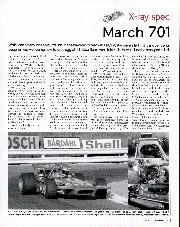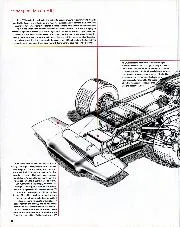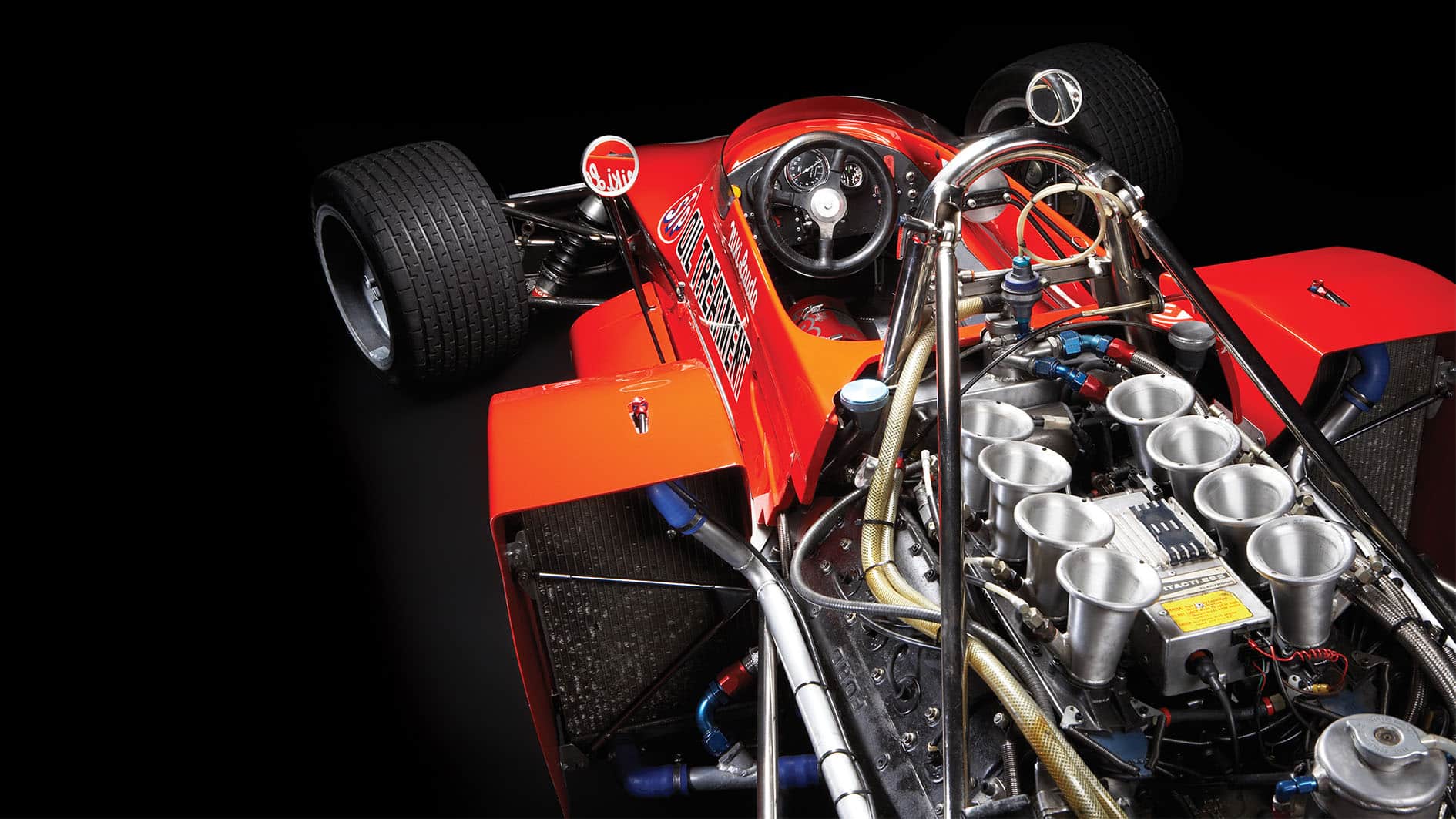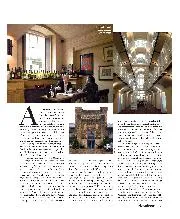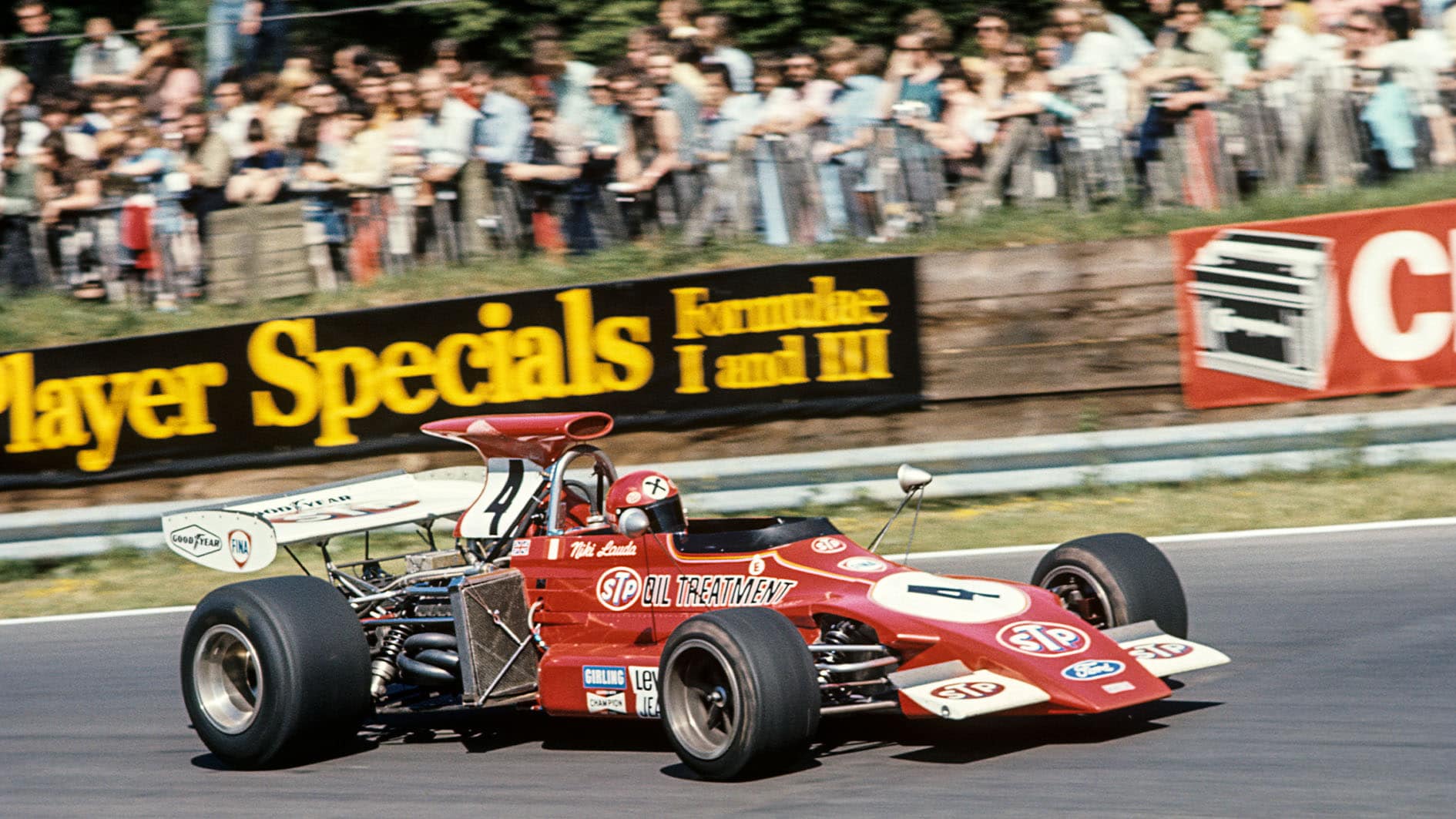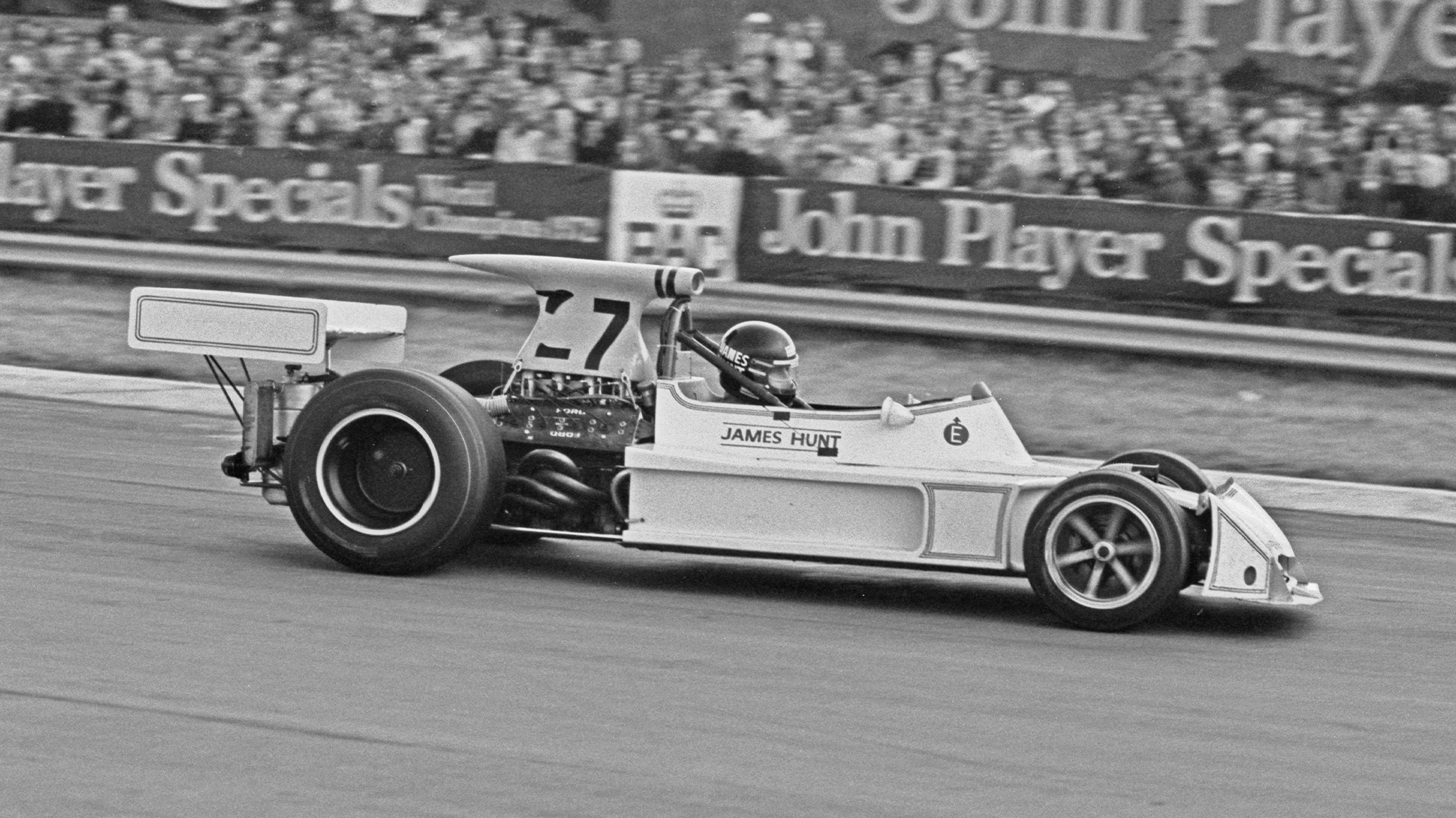“At Monaco in 1972 Jochen Neerpasch [boss of BMW’s new M division] took Max and I to dinner and told us that he would like us to become the works BMW team in the European F2 championship,” says Herd. “This would give us the stability we badly needed, and thus that programme became our priority for 1973. F1 had never made commercial sense; we were only in it because we loved it.”
Herd’s first F1 March, 701 – 10 weeks from drawing board to high-profile Silverstone shakedown with reigning world champion Jackie Stewart and former Ferrari number one Amon – had been necessarily simple. It proved remarkably effective initially – pole for its first GP, victorious at its second – but faded thereafter.
The next season’s 711, with its longer wheelbase, Frank Costin-inspired low-drag body and future-pointing raised front wing, took the razor-sharp Ronnie Peterson to four second places and the runner-up slot in the drivers’ points race; March finished third in the constructors’ standings. Looking to build on this the still ideologically buoyant March took a fashionably Chapmanesque view of 1972: it was (only!) a technological breakthrough away from winning the world championship.
Lauda found himself under pressure in poor 712X
Nine years previously ATS, founded by a number of cocky renegades (from Ferrari) and boosted by the presence of a world champion (Phil Hill) – sound familiar? – was going to show Enzo how F1 should be done. However, its first car, unlike 701, was a total disaster. Only the placement of its ratios ahead of, rather than hanging out behind, the crown-wheel and pinion, and thus centralising mass within the wheelbase, made any sense.
March had hoped its partial use of Alfa Romeo’s sports car V8 in F1 during 1971 would lead to a prosperous association with the manufacturer. It didn’t. Above-its-weight Cosworth DFV punch knocked that idea flat on its arse. Perhaps Alfa’s transmission held the key. Its Tipo 33/3 sports-racer, one of which Peterson, co-driven by fellow March F1 racer Andrea de Adamich, used to win the 1971 Watkins Glen Six Hours, featured the engine/gearbox/diff layout Herd desired. March designed a new casing, Alfa provided the internals and Ronnie wrestled with the result: 721X.
The idea’s germ was to reduce the polar moment of inertia, the dumb-bell effect of having weight at the extremities.
